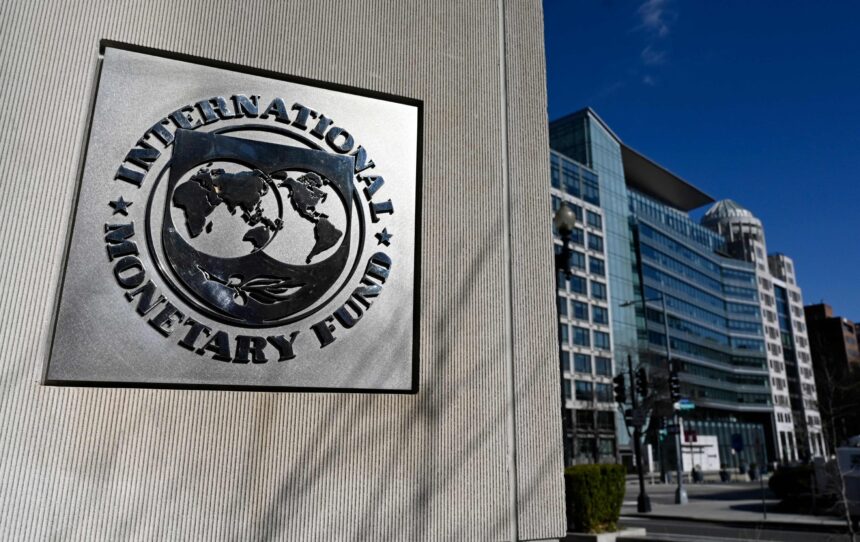According to the latest International Monetary Fund (IMF) World Economic Outlook report, East African economies are facing challenges in their growth projections. While Tanzania’s growth projection for 2023 remains unchanged at 5.2 percent, Kenya’s projection has been revised upward from 5.1 percent to 5.3 percent.
However, the IMF has downgraded growth projections for Rwanda, Uganda, Burundi, and the Democratic Republic of Congo (DRC), with Burundi’s growth suffering the most significant cut of 80 basis points to 3.3 percent. These downward revisions come when the region grapples with various shocks, such as drought and spillover effects from the Russia-Ukraine conflict.
Inflation rates are also a cause for concern, with the IMF projecting higher rates for several countries. In Kenya, the inflation rate is expected to average 7.8 percent in 2023, surpassing the Central Bank of Kenya’s prescribed ceiling of 7.5 percent.
Burundi’s inflation rate is expected to stand at 16 percent in 2023 compared to the earlier forecast of 8.5 percent. Uganda’s projected inflation rate has been revised from 6.4 percent to 7.6 percent, and the DRC’s from 9.8 percent to 10.8 percent.
Despite these challenges, Kenya’s upward revision in growth projections is expected to generate an additional Sh25.5 billion in economic output in 2023. The IMF also expects Kenya’s economy to grow faster than projected, with a moderate acceleration of 5.4 percent in 2024.
While Tanzania remains stable in its growth projection, other East African countries are experiencing downward revisions, with inflation rates challenging the region’s economies. Kenya’s upward revision is a welcome boost, but challenges persist for the region.


